List of All Iranian Dynasties and Monarchies in Order
Recognized as one of the oldest countries in the world, Iran has the most ancient historical civilizations and dynasties. This courageous and vast country has long thrived to create the best history-making epics, culture, arts, tradition, and treasured chronicles. Join us in this article to learn more about all Iranian Dynasties and Monarchies from the beginning to the present day.
Elamite & Medes Dynasties
Before the arrival of the Aryans, the Elamite civilization was the most powerful and enduring dynasty of the Iranian plateau and one of the oldest and earliest civilizations in the world. The Elamite monarchy governed from 3200 to 539 BC. The Awan was the first dynasty of the Elamite civilization, which was a rival of the Sumerians.
Followed by the Elamite monarchy, the Medes took over the Elam dynasty. Deioces was the founder and the first ruler of the Median monarchy. Ecbatana was the capital of the Median Empire. The Median civilization played a prominent role in the foundation of urbanization and constructed several structures.
Achaemenid Empire
The Achaemenids were one of the ancient dynasties of pre-Islamic Iran and descended from the Persians. The Achaemenid Empire was ruled by many kings in Anshan and Persia; however, Cyrus the Great is considered the founder of the Achaemenid dynasty due to his defeat of the Medes dynasty, his conquest of Lydia, Babylon, and his transformation of the Achaemenid kingdom into a prosperous empire.
The Achaemenid dynasty became an empire in 550 BC with Cyrus the Great coming to power, and in 330 BC, it was overthrown by Alexander the Great.
Seleucid Empire
With the defeat of Darius III by Alexander the Great in 330 BC and the establishment of the Greek Seleucid state, a new dynasty began in Iranian history. The Seleucid Empire lasted 249 years, from 312 to 63 BC. At the height of its power, the Seleucid Empire encompassed the modern-day countries of Iran, Iraq, Kuwait, Afghanistan, Syria, Palestine, and parts of Turkmenistan and Turkey. Because Alexander had not appointed a successor for himself, the Seleucid Empire fell into chaos and disintegrated gradually after his death.
Parthian Empire
The Parthians in eastern Iran led to the end of the Seleucid dynasty and opened the path for Iran’s national unity. The Parthians were able to dominate the Iranian plateau in a short time and rose as a new embodiment of Iranian national sentiment and a defender of the East against the West.
The Parthians were Aryans who migrated to and settled in eastern Iran. They were courageous people from the Parni tribe who ruled a powerful empire on the Iranian plateau for about 500 years, from 247 BC to 224 AD. When the Seleucids became embroiled in civil wars, the Parthians emerged from Seleucid rule and formed a new dynasty.
Sasanian Empire
The Sasanian Empire was the title of the Iranian imperial dynasty that ruled Iran from 224 to 651 AD (427 years). Ardashir I was the founder of the Sasanian dynasty and was regarded as a warrior showing his great resistance in war. The Sasanians were one of the largest and most powerful kingdoms in the world, ruling a large part of Iran and the world.
They invaded Rome, reclaimed Armenia, and later conquered India. The fall of the Sasanian Empire started with civil wars and was overthrown in the Arab invasion.
Rashidun, Umayyad, Abbasid Caliphate
The Arab invasion of Iran brought forth a new dynasty of Caliphs. The Rashidun Caliphs are the title given by Sunnis to the first rulers after Prophet Muhammad. Muʿāwiyah I established the first great Muslim dynasty in Iran from 66 – 750 AD. Sunnis believe that the Islamic virtues flourished during the caliphate eras. With the ruling of the caliphs, Iran’s culture and religion transformed from Zoroastrian to Islam.
Tahirid Dynasty
The Tahirid civilization became the first government of Iranian descent after the Arab invasion and brought back the Iranian title. Tahir ibn Husayn was among the Iranian-born generals of al-Ma’mun who was the seventh Abbasid Caliph. He founded the Tahirid dynasty in Khorasan, Iran.
Saffarid Dynasty
The Saffarids were initially a group led by Ya’qub ibn al-Layth al-Saffar, who rebelled against the Tahirids and conquered Sistan province. They attacked Fars three times and consequently started a war with the Tahirid monarchy. By dominating the lands, the Saffarid dynasty became the first independent Iranian government after Islam. However, they only lasted 40 years and were eradicated by the Samanid Empire.
Samanid Empire
The Samanids were a Persian-speaking dynasty in Western Asia. The Samanid Empire ruled over part of Iran and much of Afghanistan and Central Asia for nearly a hundred years, from 819 to 999 AD. Founded by four brothers, Nuh, Ahmad, Yahya, and Ilyas, the Samanid state began its reign.
The Samanid empire ultimately became independent of Abbasid Caliphate authority. During the Samanid dynasty, with the presence of Ferdowsi’s Shahnameh epic, the Persian language had great development and prosperity.
Alawites & Ziyarid Dynasties
The Alawites were the descendants of Imam Ali, who reigned for 66 years. The Alawites also succeeded in establishing rule in some regions of the Islamic lands, including Tabaristan in northern Iran, Yemen, and the Maghreb.
Ziyarid was a small Islamic family who lived in the lands near the Caspian Sea. Mardavij was an Iranian prince who introduced the Ziyarid dynasty, which ruled from 931 to 1090.
Buyid Dynasty
The Buyid dynasty was a Shiite dynasty that ruled parts of Iran and Iraq from 934 to 1062. The dynasty was founded by Ali ibn Buyid with the support of his brothers Ahmad and Hassan. The Buyid dynasty was named after their father (Buyid). Shiraz was the capital of the Buyids.
Ghaznavids
The Ghaznavids were a Persian-speaking and Muslim Turkic dynasty that ruled Iran from 977 to 1186 and formed the Ghaznavid Empire. They began their rule from Khorasan and Transoxiana and expanded the territory to India. They cherished the Persian-language poetry and poets and played an important role in supporting and developing the Persian language.
Seljuk Empire
The Seljuks were a tribe of Ghaznavid Sunni Muslim Turks who ruled Transoxiana, Greater Khorasan, Iran, Iraq, and parts of Turkey for about two centuries from 1037 to 1194 after defeating the Ghaznavids and the Buyids. Tughril I, founder of the Seljuk dynasty, defeated Masʽud I of Ghazni and expanded the empire greatly.
Ghurid Dynasty
Ghurids were a Persian-speaking Tajik dynasty from the eastern lands of Iran in the Middle Ages, who began their rule from Ghor, which is in present-day Afghanistan. The Ghurids were centralized in the hills of the Ghor region and became an Empire from 1175 to 1215.
Khwarazmian Empire
The Khwarazmian were a dynasty of Muslim sultans who ruled the Khwarazm region and parts of Iran from 1077 to 1231. Anushtegin Gharchai was a Turkic slave commander of the Seljuk dynasty and originator of the Khwarazmian Empire. At that time, Khwarazm was one of the largest and thriving cities and became a hub for trade. With the war between the Mongols and the military campaign of Genghis Khan, who had become neighbors with Khwarazm after conquering China, the Khwarazmian empire grew more noticeable.
Ilkhanate Dynasty
The Ilkhanate was a Mongol dynasty and were the descendants of Genghis Khan, who ruled Iran for 79 years from 1256 to 1335 AD. Ilkhanate was part of the Mongol Empire, which encompassed Iran and parts of Turkmenistan, Turkey, Iraq, Armenia, Afghanistan, and Pakistan. In the 1330s, the Black Death severely shattered the Ilkhanate dynasty. The death of the last Ilkhan in 1335 crumbled the Ilkhanate dynasty completely.
Chobanids, Muzaffarids, Jalayirid Sultanate Dynasties
Chobanids were a Mongol dynasty who served under the Ilkhanate dynasty and reigned in part of Iran from 1338 to 1357. Following the death of Abu Sa’id Bahadur Khan, the last Mongol Ilkhan, Chobanids, whose founder was Hasan Kuchak, took over Ilkhanate after its fall.
The Muzaffar dynasty ruled for 72 years over a vast territory that included Fars, Yazd, Kerman, Isfahan, and at once, Azerbaijan and Baghdad. This Muslim dynasty began its rule after the Ilkhanate’s fall and was active from 1314 to 1393.
After the breakup of the Ilkhanate in 1335, the Jalayirid Sultanate ruled over Iraq and western Iran and lasted about fifty years until its annihilation by Timur’s conquests and the revolts of the Qara Qoyunlu Turkoman.
Sarbadars
Sarbadar was a movement and uprising of the Shiites of Sabzevar against the Mongols in the 14th century. The Sarbadars were a group of secular rulers and religious dervishes who ruled one after the other for about half a century, 1337–1381, till the invasion of Timur. Sarbadars were seen as legendary and heroic men. Thus, several movies and series were filmed showcasing this dynasty.
Timurid Dynasty
Timurid, a Turco-Mongol dynasty, was established by the descendants of Timur, who was in power in Iran from 1370 to 1507. With the success of the Timurid dynasty, science grew popular among people, and this inspired many scholars to publish books. Sufism and the improper distribution of land and caliphates among their descendants marked the fall of the Timurid dynasty and was, in the end, broken apart.
Qara Qoyunlu, Aq Qoyunlu, Mar’ashis
The Qara Qoyunlu was a nomadic tribe of Shiite origin with Turkmen rulers who governed over areas of western and northwestern Iran for nearly a century from 1374 to 1468. At the end of the Ilkhanate reign and with the decline of Abu Sa’id Bahadur Khan’s power, they took advantage of the opportunity to raid and occupy the surrounding lands.
Mir-i Buzurg brought forth a new dynasty named Mar’ashis, which originated from local and Shiite governments in the Tabaristan region. The Mar’ashis dynasty ruled from 1359 to 1362.
Safavid Dynasty
Safavids were a dynasty of Shiite rulers of Iran who, by formalizing the Shiite religion in Iran, attempted to give the Iranian people a unique identity and, as a result, formed the first Shiite government in all of Iran. The Safavids were members of a Sufi order founded in the 15th century 1501 by Safi-ad-Din Ardabili, who was a mystic, poet, teacher, and Sufi master.
With the death of Abbas the Great, the Safavid dynasty was crippled. Eventually, there was no hope left of saving the king’s throne, and the Safavid monarchy finally came to an end in 1736.
Afsharid
The Afsharids were a Turkic-Iranian dynasty that ruled Iran from 1736 to 1796. The dynasty was founded by Nader Shah Afshar. During Nader’s reign, Iran reached its largest territory since the fall of the Sassanid Empire. Nader Shah dominated all parts of Iran, Armenia, Georgia, the Republic of Azerbaijan, Afghanistan, Tajikistan, Bahrain, Turkmenistan, Uzbekistan, Pakistan, Iraq, Kuwait, Turkey, UAE, and Oman. After the assassination of Nader Shah, Afsharids fell from power, and the successors were unable to maintain the authority of the dynasty, which declined its supremacy.
Zand Dynasty
The Zand dynasty (1751–1794) came to power after the collapse of the Afsharid dynasty in 1796. The Zand dynasty was of Lor descent. Karim Khan Zand, also called Vakil ol-Ra’aya, the founder of this dynasty, was the great Khan of the Zand clan. He temporarily made Malayer his capital. After a while, Karim Khan was able to dominate all of Iran and make the city of Shiraz his capital. During his reign, many buildings were constructed in the capital of Zandiyeh.
Qajar Dynasty
The Qajar dynasty governed Iran from 1789 to 1925, beginning with the reign of Agha Mohammad Khan Qajar. The name of this tribe comes from the root Aghajar, meaning warrior of the forest. Mohammad Khan was of Shiite descent and had good relations with religious leaders.
The Qajar dynasty flourished during the reign of Nasser al-Din Shah, who was the first ruler of Iran to travel abroad. Countless memorable monuments were erected during the Qajar period. Ahmad Shah Qajar was the last ruling sovereign of the dynasty, which led to the coming of the Pahlavi era.
Pahlavi Dynasty
The Pahlavi dynasty was the last dynasty of the Iranian monarchy, ruled for 53 years between 1925 and 1979. After the coup d’état in1921, Pahlavi was founded by Reza Shah, whose successor was his son Mohammad Reza Pahlavi. The Pahlavi dynasty was later abolished by the Islamic Revolution of Iran.
Islamic Republic of Iran
The Islamic Republic of Iran was victorious on 11 February 1979. After centuries of monarchy in Iran, it was replaced by a republican system based on popular vote. The originator of this regime is Imam Khomeini, who led the Islamic Revolution. According to the Constitution of the Islamic Republic, the official religion of the Islamic Republic is Shiism.
Finally
As one of the ancient lands of the world, Iran has encountered several dynasties with different origins, religious beliefs, cultures, and history. Even though the country was led by many incompetent rulers, it still holds the richest cultural identities and traditions.
Are you planning to travel to Iran and looking for an Iran tour operator? Check out our Iran tours.

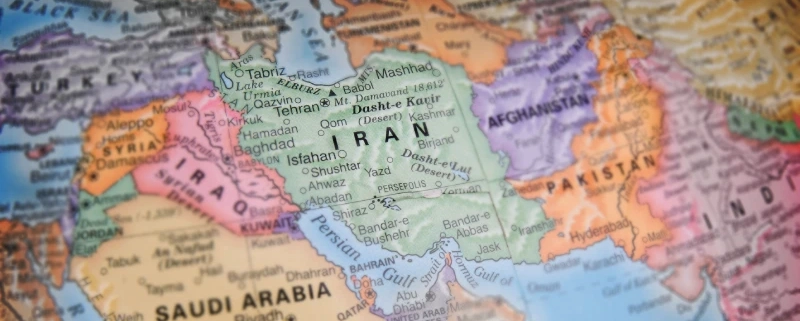

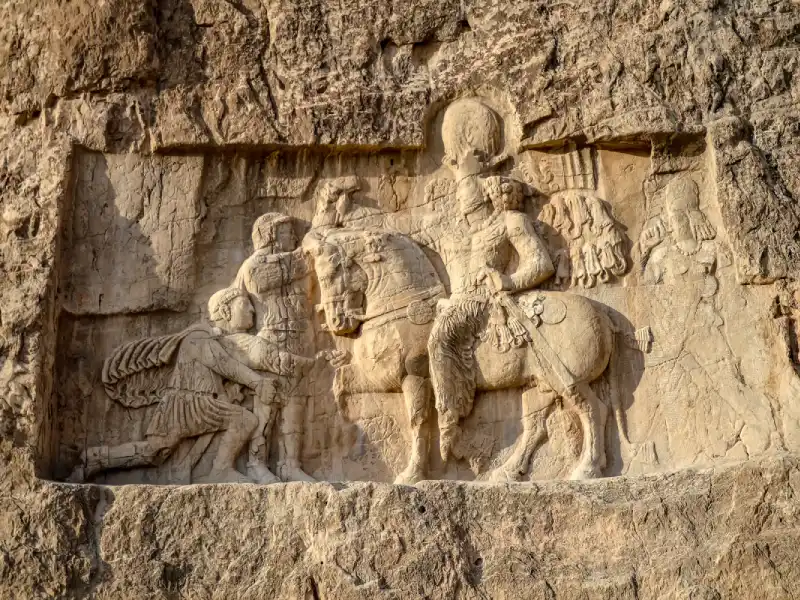
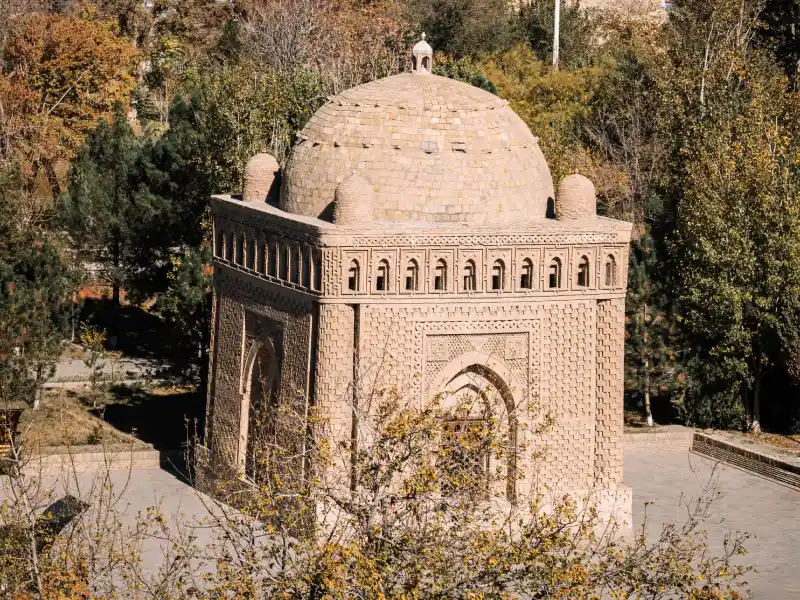
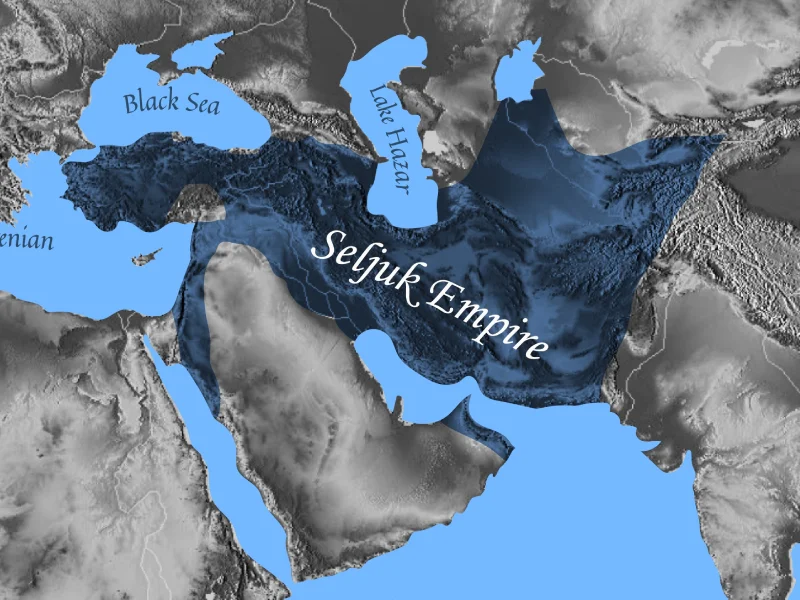
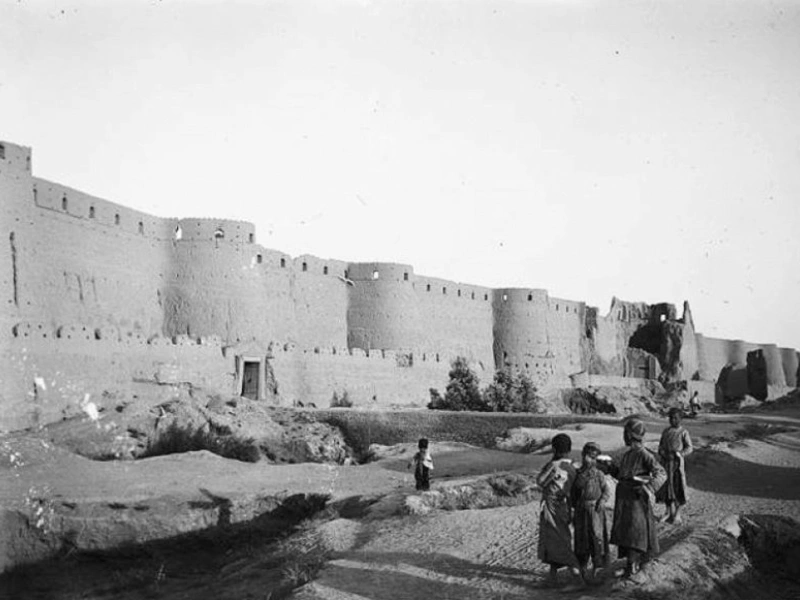
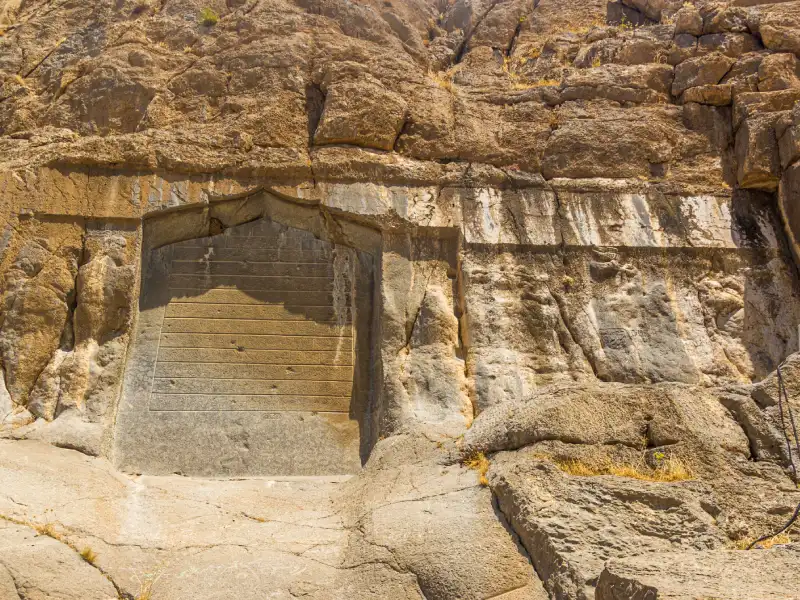





Leave a Reply
Want to join the discussion?Feel free to contribute!